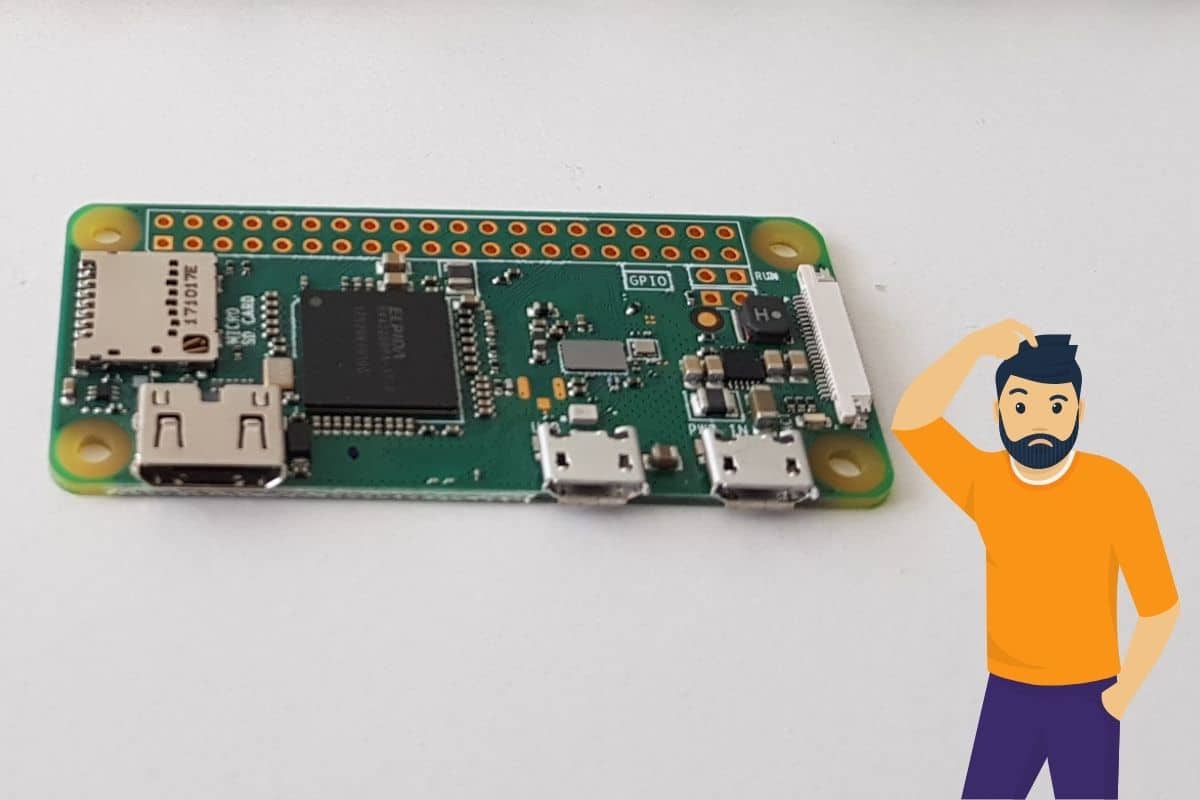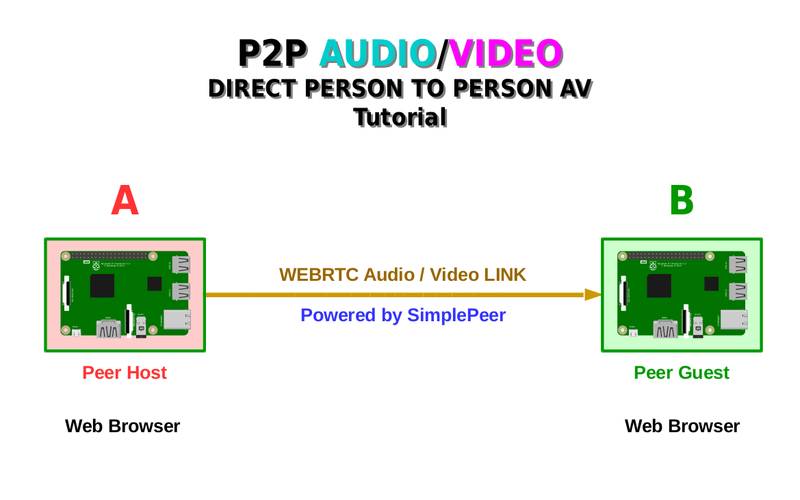New Guide: Raspberry Pi P2P WiFi Setup! [Tutorial]
Want to unlock the full potential of your Raspberry Pi for remote projects, without being tied down by traditional network constraints? Establishing a secure, cost-free, and direct peer-to-peer (p2p) connection is entirely within your reach, opening up a world of possibilities for IoT applications.
The ability to create a direct, router-free communication channel between your Raspberry Pi and other devices transforms how you approach remote IoT management. This article delves into the intricacies of setting up such a connection, leveraging the power of Wi-Fi Direct (Wi-Fi p2p) and exploring advanced techniques for seamless integration. We will also uncover the software elements required, including operating systems and necessary libraries. By mastering these skills, you can confidently manage your Raspberry Pi remotely and build a robust IoT ecosystem.
| Topic | Description |
|---|---|
| P2P Connection | Direct communication between devices without a central server |
| Raspberry Pi | A series of small single-board computers developed in the United Kingdom |
| Wi-Fi Direct (Wi-Fi P2P) | A Wi-Fi standard enabling devices to connect directly without needing a wireless router |
| DHCP Server | Dynamically assigns IP addresses to devices on a network |
| Remote IoT Management Platform | Software that facilitates remote management of IoT devices, such as the Raspberry Pi |
| VPC | Virtual Private Cloud: An on-demand configurable pool of shared computing resources allocated within a public cloud environment, providing a certain level of isolation between the different organizations using the resources |
| LoRa Module SX1278 | A low-power wide-area network (LPWAN) module used for long-range communication |
| Arduino | An open-source hardware and software company, project and user community that designs and manufactures single-board microcontrollers and microcontroller kits for building digital devices |
| WebRTC | Web Real-Time Communication: A free, open-source project that provides web browsers and mobile applications with real-time communication via application programming interfaces (APIs) |
| Operating Systems for Raspberry Pi | Includes Raspberry Pi OS, Android, Debian, FreeBSD, Gentoo, Linux Kernel, NetBSD, OpenSUSE, Plan 9, Puppy, Arch |
To fully grasp the potential, let's dissect the core concepts. Internet of Things (IoT) involves connecting everyday devices to the internet, allowing them to send and receive data. The Raspberry Pi, a versatile and affordable single-board computer, serves as an ideal hub for many IoT projects. It can collect data from sensors, process it, and communicate with other devices or cloud platforms. Managing these Raspberry Pi units remotely is where the challenge and the opportunity lie.
- Movie Rulz In Kannada Your Ultimate Guide To The Kannada Film Universe
- Agra Movie Movierulz Ibomma Hindi Dubbed Your Ultimate Guide To Movie Downloads
Setting up a Raspberry Pi p2p connection is more than just a simple task; it is a carefully orchestrated sequence that demands attention to detail. The initial stage requires meticulous configuration, which includes installing the necessary software and libraries. The choice of an appropriate operating system is critical, along with the subsequent activation of p2p capabilities. This configuration prepares the Raspberry Pi for direct communication, bypassing the need for a traditional router.
A pivotal aspect of establishing this direct connection is configuring Wi-Fi Direct, also known as Wi-Fi p2p. This technology allows devices to discover and connect to each other without an intermediary access point. Coupled with a DHCP (Dynamic Host Configuration Protocol) server, the Raspberry Pi can dynamically assign IP addresses to devices within its direct network, streamlining the connection process. This setup is particularly beneficial in scenarios where reliance on an existing network infrastructure is not feasible.
Consider the scenario of deploying a Raspberry Pi in an attic to monitor environmental conditions. Traditionally, this would require the device to connect to your home router, potentially straining its resources. However, by configuring the Raspberry Pi for ad hoc or Wi-Fi Direct communication, you create a dedicated channel, avoiding the need to rely on the home network. This is especially useful when the Raspberry Pi is running other applications simultaneously.
- Alyx Star Age Wiki Height The Ultimate Guide To Her Life Career And More
- Hdhub4u Movies Your Ultimate Destination For Bollywood Latest Downloads
The benefits of this approach extend beyond simple convenience. By creating a virtual private cloud (VPC) and connecting your Raspberry Pi to it using remote IoT management platforms, you significantly enhance the security and functionality of your IoT projects. The Raspberry Pi becomes a crucial component in this VPC ecosystem, allowing for secure communication and data transfer between remote devices.
The procedure involves a series of crucial steps. First, configure the Raspberry Pi devices with the necessary software and libraries. This entails choosing an appropriate operating system and enabling p2p functionality. Next, setting up Wi-Fi Direct is essential for creating a direct link between the Raspberry Pi and other devices. When the Raspberry Pi and a PC are configured in a p2p network, it is important to assign distinct IP addresses to prevent communication from being routed through the router. For example, you might set the router space to 192.168.1.0/24.
Further options exist for those seeking to optimize their p2p connections. The process of utilizing a LoRa module SX1278 with a Raspberry Pi can extend communication to another SX1278 connected to a microcontroller like Arduino. This configuration is especially useful when the Arduino acts as a server, gathering data from sensors and transmitting it over long distances to the Raspberry Pi, which then functions as a client, receiving and processing the information. Such a setup can be valuable in environments requiring long-range communication without relying on standard Wi-Fi networks.
For those delving into real-time p2p communication, the use of WebRTC (Web Real-Time Communication) offers exciting possibilities. The ability to run a WebRTC nodejs command-line module on a Raspberry Pi Zero opens up avenues for creating real-time audio and video applications. While the module natively supports armv7+ (Pi 2, Pi 3, etc.), compiling from source code allows it to function on the armv6 Pi Zero. It's essential to understand that the p2p technique does forward a port, but it is hidden outside your network, ensuring seamless communication.
The choice of software is critical when setting up a Raspberry Pi for p2p communication. Several operating systems are compatible, including Raspberry Pi OS, Android, Debian, FreeBSD, Gentoo, Linux Kernel, NetBSD, OpenSUSE, Plan 9, Puppy, and Arch. The selection depends on the specific requirements of the project and the level of customization needed.
Another essential aspect is dealing with the number of concurrent groups. The number of concurrent groups depends on the hardware and the device driver being used. Additionally, it is necessary to remove a previously existing group before creating a new one to avoid conflicts. This can be achieved through command-line tools like "p2p_group_add" for creating a persistent group, followed by its immediate removal.
The ease of obtaining the network block in wpa_supplicant.conf is often best achieved by allowing wpa_supplicant itself to manage it. However, issues can arise when trying to establish a p2p connection between a Raspberry Pi and an Android phone. In such cases, certain packages need to be installed, and specific configurations must be modified to ensure compatibility.
Experimenting with kernel drivers under 3.6.11+ and enabling p2p via "iwpriv wlanxx p2p_set enable=1" can allow the Raspberry Pi to detect Wi-Fi Direct-enabled Android devices, and vice versa. However, achieving a successful connection may require additional steps, like setting up a dedicated pair of Raspberry Pi 3 B+ devices, with one acting as the group owner and the other as the client.
In practical terms, consider a setup with two Raspberry Pi 5 units. One could be located remotely, collecting data from sensors, while the other acts as a central processing unit. Using p2p communication, these devices can exchange information directly without needing an external network. This is particularly useful in environments where internet connectivity is unreliable or unavailable.
Ultimately, connecting remote IoT devices securely using a VPC and a Raspberry Pi is a fundamental step in creating a resilient IoT ecosystem. Whether you're setting up a simple sensor network or a complex industrial automation system, mastering these techniques is essential for achieving robust and reliable communication.
Here's a compilation of tips:
- Software selection: Choose the correct operating system based on the project's needs
- Hardware configuration: Ensure your Raspberry Pi is equipped with the necessary Wi-Fi capabilities
- Network configuration: Set up Wi-Fi Direct and DHCP server for direct communication
- Security measures: Implement a VPC to safeguard data and communication
- Testing and validation: Regularly test the p2p connection to ensure reliability
By carefully following these steps and understanding the underlying principles, you can unlock the full potential of your Raspberry Pi for remote IoT projects, creating a secure, cost-effective, and direct communication channel.
- Unlock Cinematic Success The 5 Movie Rules For 2024 And Beyond
- Somali Wasmo Telegram Channels Links Your Ultimate Guide To Explore And Connect

Mastering Raspberry Pi P2P Network Setup A Comprehensive Guide

The Ultimate Guide To Remote IoT P2P Review Unlocking The Future Of

P2P Audio & Video Raspberry Pi Forums